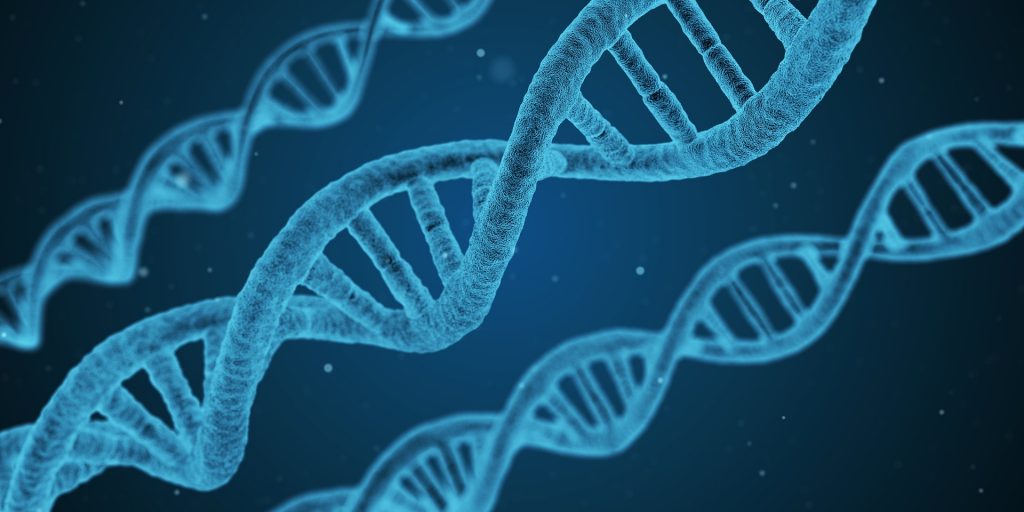 What is Bipolar Disorder?
What is Bipolar Disorder?
Bipolar Disorder (previously referred to as Manic Depressive illness and now called in clinical terms as Bipolar Affective Disorder or BPAD, in short) is a serious and chronic mental illness characterised by extreme Mood swings. Everybody experiences changes in mood but for a person living with Bipolar Disorder, these mood swings are extreme in severity and can be highly debilitating. The symptoms include highly elevated phases and depression, with periods of normal moods in between. It is said to be an incurable although treatable and manageable condition. The positive part is that with treatment, therapy and a holistic approach, many have managed to live fulfilling lives.
If not treated and managed well, it can adversely affect studies, career, relationships and health.
It is important for persons living with Bipolar Disorder to ensure that visits to a Psychiatrist (and Psychologist, if needed) are scheduled and treatment plan is strictly adhered to. Abruptly stopping of medication without the treating Psychiatrist’s consent can have serious consequences.
What Causes Bipolar Disorder?
Medical science has still not identified the exact cause of BPAD.
Genetics
Bipolar disorder tends to run in families. Children with a parent or sibling who has bipolar disorder  are much more likely to develop the illness, compared with children who do not have a family history of bipolar disorder. However, most children with a family history of bipolar disorder will not develop the illness. But genes are not the only risk factor for bipolar disorder. Studies of identical twins have shown that the twin of a person with bipolar illness does not always develop the disorder, despite the fact that identical twins share all of the same genes. It is likely that many different genes and environmental factors are involved. However, scientists do not yet fully understand how these factors interact to cause bipolar disorder.
are much more likely to develop the illness, compared with children who do not have a family history of bipolar disorder. However, most children with a family history of bipolar disorder will not develop the illness. But genes are not the only risk factor for bipolar disorder. Studies of identical twins have shown that the twin of a person with bipolar illness does not always develop the disorder, despite the fact that identical twins share all of the same genes. It is likely that many different genes and environmental factors are involved. However, scientists do not yet fully understand how these factors interact to cause bipolar disorder.
Brain structure and functioning
One study using MRI scans found that the pattern of brain development in children with bipolar disorder was similar to that in children with “multi-dimensional impairment,” a disorder that causes symptoms that overlap somewhat with bipolar disorder and schizophrenia. This suggests that the common pattern of brain development may be linked to general risk for unstable moods.
Another MRI study found that the brain’s prefrontal cortex in adults with bipolar disorder tends to be smaller and functions less well compared to adults who don’t have bipolar disorder. The prefrontal cortex is a brain structure involved in “executive” functions such as solving problems and making decisions. This structure and its connections to other parts of the brain mature during adolescence, suggesting that abnormal development of this brain circuit may account for why the disorder tends to emerge during a person’s teenage years.
Environmental Factors
Extreme stress, trauma, acute/prolonged illnesses or financial pressures have also known to trigger Bipolar Disorder in people already predisposed to the condition.
‘Illnesses of the Mind can be more difficult to understand and treat. The pain a mentally ill patient goes through is comparable to that of one suffering from an acute, incurable physical illness.’
Dr. David Burns- Feeling Good
What are its Symptoms?
Extreme mood swings from sad and hopeless to joyful, enthusiastic and overexcited.
Cognitive impairment is often reported, leading to lack of focus or concentration and memory problems. It is not always that the person exhibits these symptoms: there are thankfully lulls between episodes where symptoms can be subdued or person could be symptom free. Energy levels and need for sleep also fluctuate according to the prevailing mood- fatigue and utter lack of energy experienced during a depressive phase, high energy levels during a Manic phase. Consequently, careers and relationships can get affected adversely: even family members find it difficult to understand the reasons behind the person’s erratic behaviour. However, when managed well, these challenges can be surmounted and persons can live full and productive lives.
The mood phases of Bipolar Disorder are:
Mania:
The Manic stage is characterised by:
Less need for sleep
High energy levels
Verbosity, pressured speech
Rapid flow of thoughts and ideas
Grandiosity
Belief that one has superhuman powers
Tendency to overspend money
Reckless behaviour
Tendency towards promiscuity
Propensity towards substance abuse
Heightened belief about one’s abilities
Over confidence
Highly impaired judgment
Delusional thinking
Hypomania:
Is also known as a milder form of mania
It has most of the symptoms of Mania except that:
Person is not delusional and judgment may not be significantly impaired.
In fact, this could be the most productive phase for the person but the risk is that it could escalate to full blown mania.
Depression: easily identifiable by:
Sadness
Hopelessness
Long periods of inactivity
Low self-esteem
Low energy
Inability to experience pleasure in previously pleasurable activities
Lack of motivation
Difficulty in accomplishing routine daily tasks (even getting out of bed is often a challenge)
Disturbed sleep (either excessive sleepiness or insomnia)
Fatigue and in some cases, unexplained aches and pains
Suicidal thoughts
Rapid Cycling: When a person could be experiencing both mania and depression within a short span of time, sometimes in repeated cycles.
It is not easy to diagnose Bipolar Disorder and it is often misdiagnosed as schizophrenia or depression. One can hardly blame the family members or friends when many Physicians (and even Psychiatrists) fail to spot the early symptoms.
Age at Onset
Bipolar Disorder could have its roots right from adolescence but is typically diagnosed at the age of 25 onwards. It is estimated that there is a gap of a decade (on an average) between onset of symptoms and diagnosis, sometimes even longer.
Prevalence
An estimated 2 to 3% of the adult population of the world suffers from this condition. The figures in India are very sketchy because of poor diagnosis and reporting. However, one could safely assume that millions of Indians are living with Bipolar Disorder. As many as 80 to 90% of these are not under treatment.
What is the currently available Treatment?
Bipolar Disorder is yet to be fully understood by Scientists and Doctors.
The current line of treatment usually comprises a combination of Medication and Psychotherapy and depending on severity of symptoms, medication might need to be augmented or could be reduced. The medicines might be required to be taken lifelong.
The combination usually consists of:
Mood-stabilisers, Anti-Depressants and or Anti-Psychotics as prescribed by a Psychiatrist
Note: Although a lot of research is available about the specific Drugs available, this site refrains from mentioning any to prevent self-medication or misinterpretation. Only your Psychiatrist is qualified to prescribe/change your medication.
Here’s an excellent resource for more detailed information on Bipolar Disorder:
~ a Slideshow by Dr.Milan Balakrishnan, Psychiatrist
Additional Therapies:
Counselling and more specifically, Psychotherapy is known to be highly effective in stabilising a person along with medicines. CBT, especially helps alleviate depression as it involves changing the negative thinking patterns.
Physical fitness, regular routines, stress management, nutritious diet and Yoga have a proven beneficial impact on not only Mental Health but overall quality of life.
There is always hope.
There are so many out there to help you, guide you.
All you need to do is take the small first step.
Peer Support Communities like ours can be very nurturing. We at BipolarIndia conduct monthly Peer Support Meets in various cities of India.
If you live with Bipolar Disorder/Depression or are a Caregiver to such a person, you are not alone! You may benefit by joining our Peer Support Community on Telegram App. If interested, please mention your details in the comment section or send them through our Contact Us Page.
# Certain excerpts sourced from The National Institute of Mental Health website for the benefit of persons seeking more credible information on this condition.
